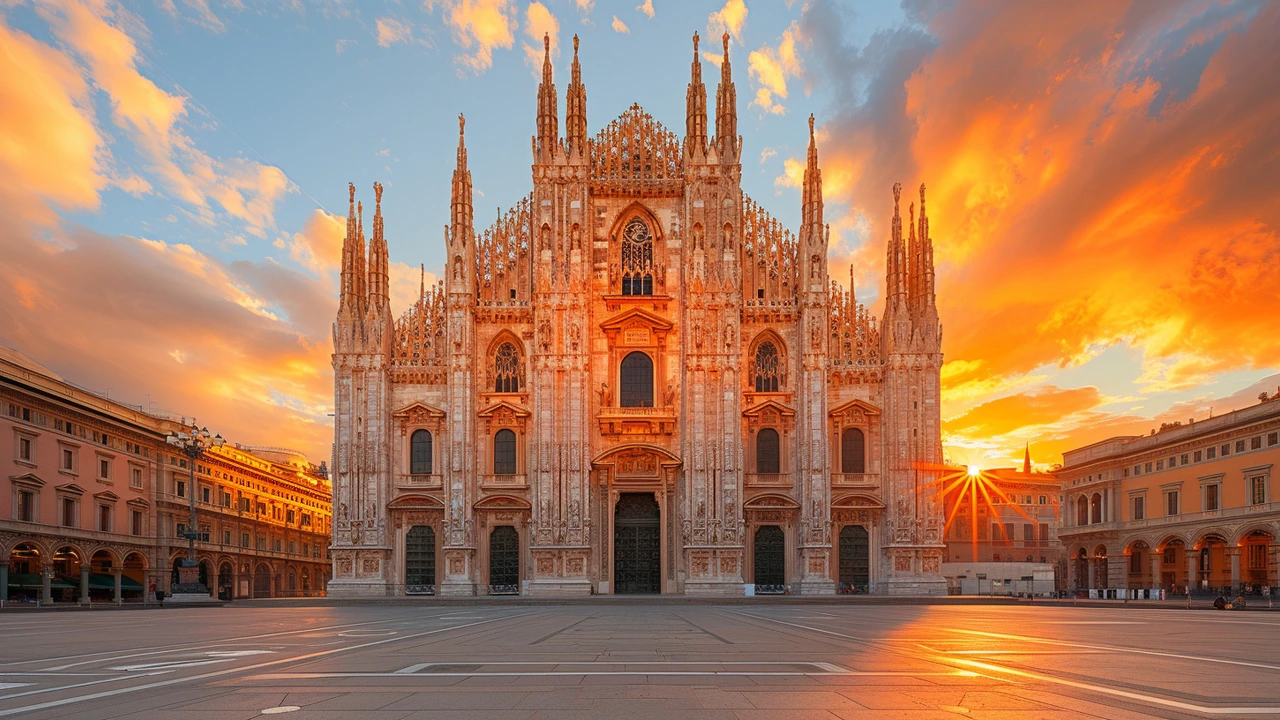Medieval Building Styles: How to Spot Romanesque, Gothic & Byzantine
Want to recognize medieval buildings without a guidebook? Start by looking at three big styles that shaped Europe: Romanesque, Gothic, and Byzantine. Each one has clear tricks the builders used—shapes, materials, and decoration—that tell you what you’re standing in front of.
Key features to spot
Romanesque buildings feel solid. Think thick stone walls, small rounded windows, and heavy rounded arches. Interiors are often dim because light had trouble getting through thick walls. Look for barrel or groin vaults and simple, blocky ornament. If a church feels squat and fortress-like, it’s probably Romanesque.
Gothic is the opposite: skyward and light. Pointed arches, ribbed vaults, and flying buttresses let walls become thin and full of big stained-glass windows. If you see tall spires, intricate tracery, and lots of vertical lines pulling your eyes up, you’re looking at Gothic. The building wants to be seen from far away, and the light inside feels colorful and dramatic.
Byzantine mixes classical shapes with flashy surfaces. Big central domes, lots of mosaics, and bold colors are the giveaway. Interiors are often bright with gold tesserae and religious scenes. The plan often centers around a main dome rather than a long nave, so spaces feel centralized and somewhat circular.
Practical tips for visitors and lovers
When you visit, use a few quick checks: glance at the arches (rounded vs pointed), check the windows (tiny and few or large and stained), and look up—domes or ribs tell a lot. Bring a small flashlight for dim interiors and a camera with a wide-angle lens to capture vaulting. If you touch masonry, don’t. Oils from hands speed decay.
If you’re into preservation, notice signs of stress: cracks, bulging walls, or water stains near roofs. Those are real problems that need expert care. Local heritage groups often run tours and volunteer days—joining them helps keep these buildings standing and teaches you hands-on skills.
Want to spot hybrids? Revival styles from later centuries borrowed freely. A building might mix Gothic windows with a Romanesque tower or add classical columns next to a Byzantine dome. That mash-up tells a story about changing tastes and reuse over time.
Finally, pick a few examples to study on trips. Seeing a Romanesque church, a Gothic cathedral, and a Byzantine basilica in person makes the differences click. Read short captions at sites, ask a docent one question, and you’ll get far more than a guidebook paragraph ever gives.
Medieval buildings are easier to read than you think—once you know the main signs. Look, compare, and enjoy the details. They reveal how people solved big problems with stone, light, and faith.

The Intricate Details of Romanesque Architecture
In this article, I delve into the intricate details of Romanesque architecture, a medieval style that has left its grandeur imprinted in the world's historical structures. Framed by towering arches and enormous cast stones, these structures fascinate me with their timeless beauty and sophistication. This was an era when architecture was not just about buildings but also a testament to human spirit and capability. Come with me, as we journey to the era of Romanesque architecture, through its detailed worm's-eye view. It's a trip you won't want to miss.
Read more